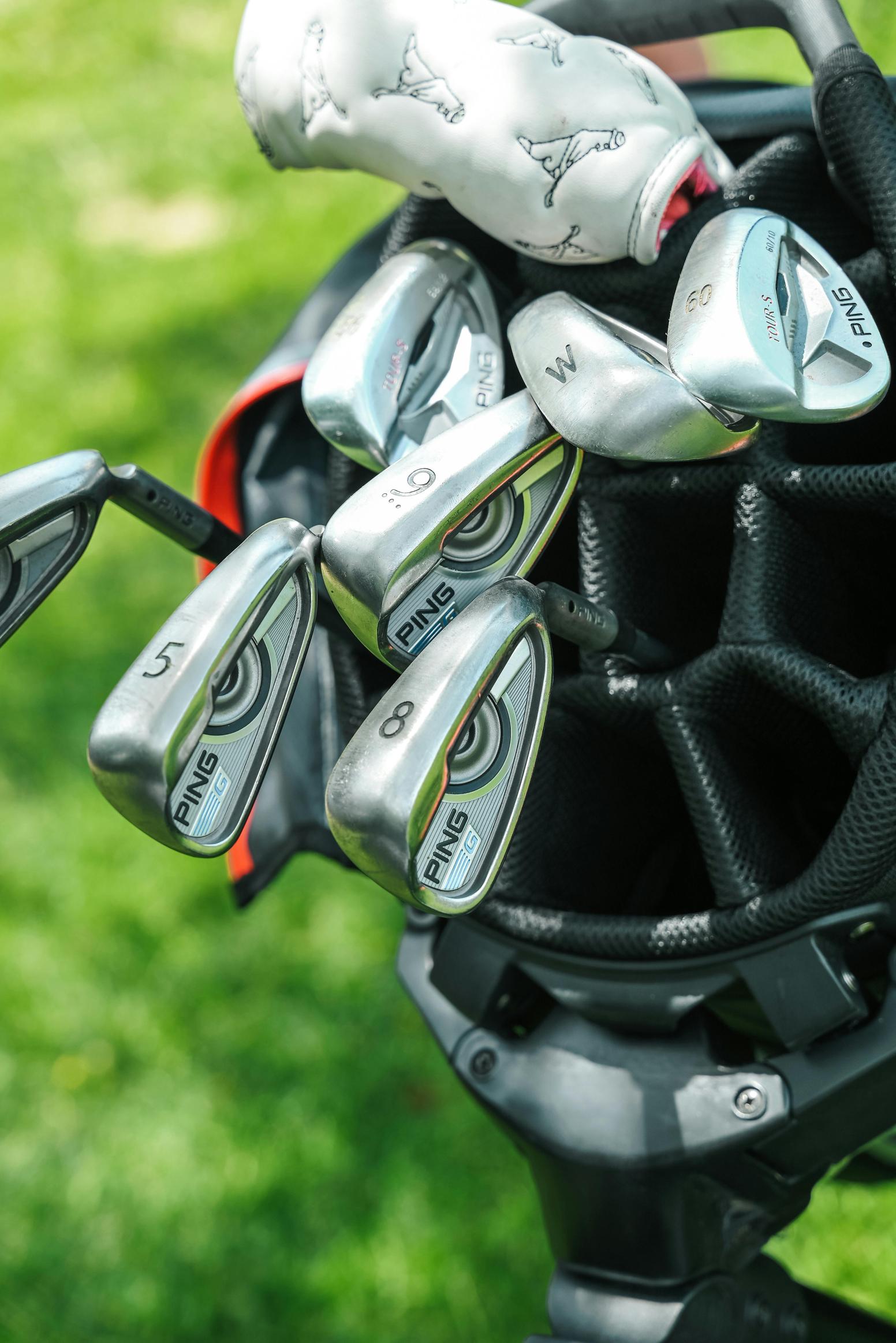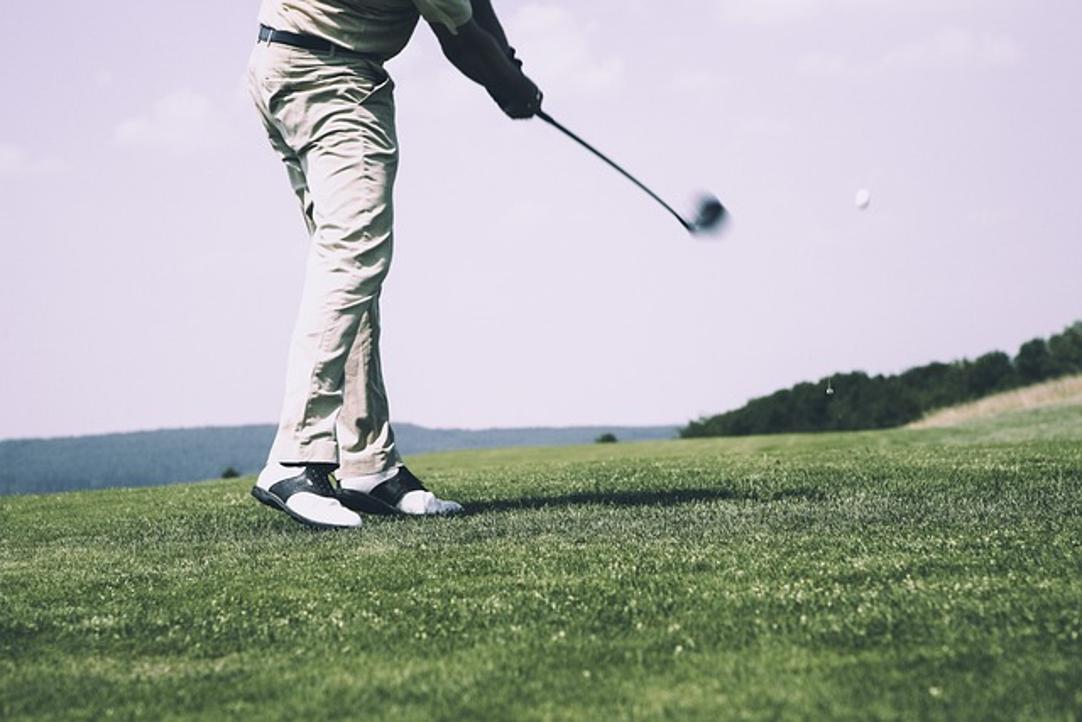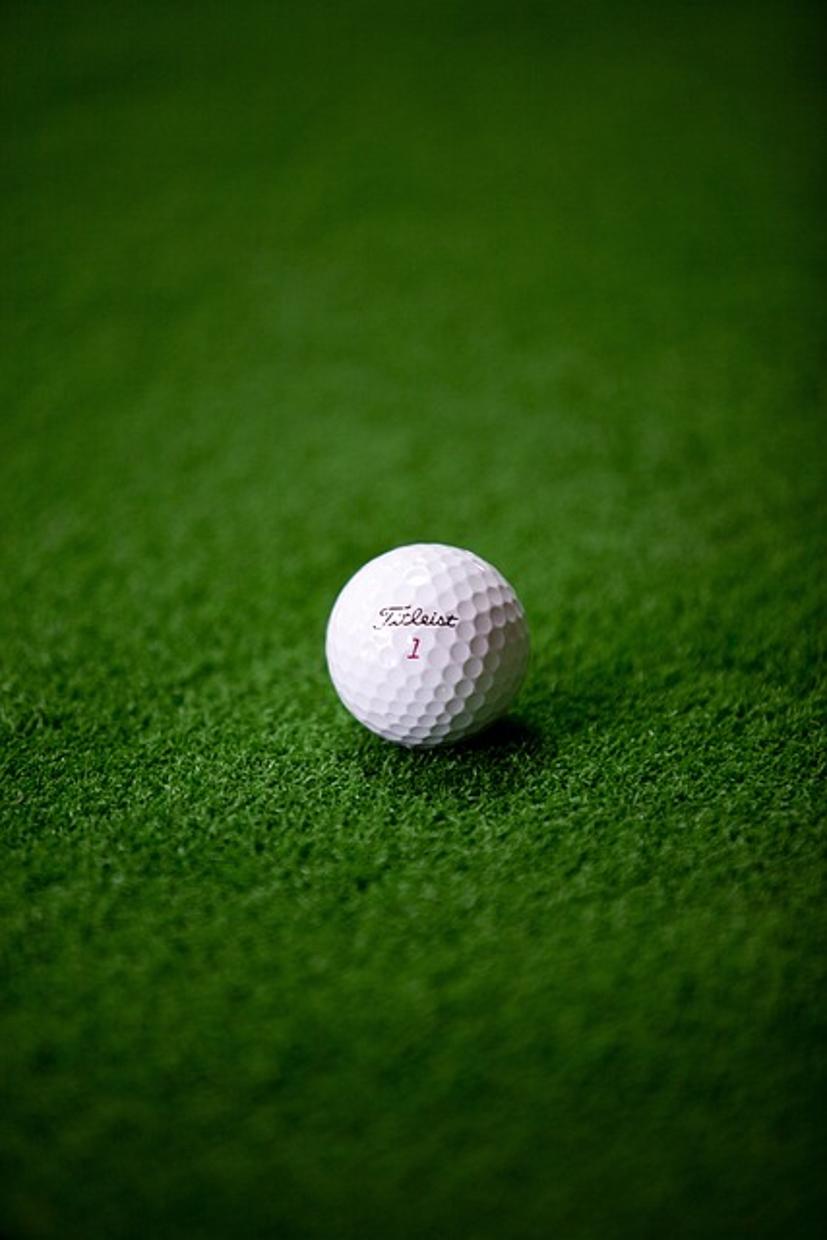How to Fit Golf Irons: A Complete Guide
Introduction
Research suggests tailored golf irons can substantially enhance your game. Properly fitted golf irons offer precision, power, and comfort, aligning seamlessly with your swing mechanics. Understanding the fitting process might sound daunting, but this guide breaks it down into manageable steps.

Understanding Your Swing
Every golfer’s swing is unique, influenced by physical build, technique, and experience. Knowing your swing type is crucial before fitting golf irons. Start by analyzing your swing speed, path, and angle of attack. Swing speed affects how the ball impacts the clubface, determining the shaft flex you need. The swing path, meanwhile, indicates whether you have a straight, inside-out, or outside-in motion, helping identify necessary adjustments in clubs’ lie angle and grip.
Diagnostic tools at golf shops or professional consultations provide precise swing data. Recording your swings can also yield insightful self-analyses. Comprehending your swing’s nuances lays a foundation for more effective iron fitting, ensuring consistency and enjoyment on the course.
Key Measurements for Iron Fitting
To effectively fit golf irons, grasping several critical measurements is imperative. These include club length, lie angle, shaft flex, and grip size. Each element directly impacts your ability to control and leverage your clubs efficiently.
Club Length: Why and How to Measure
Club length is pivotal for achieving optimal posture and swing mechanics. A club that’s too long or too short can disrupt balance and accuracy. To measure:
- Stand straight with arms relaxed.
- Measure from the ground to the crease where your wrist meets the hand.
- Factor in your height and wrist-to-floor measurement.
Your golf shop can tailor this basic measurement to your specific needs.
Lie Angle: Finding the Right Balance
Lie angle refers to the angle created between the shaft and the ground when the club is properly positioned. Incorrect lie angles can lead to errant shots veering left or right. For proper measurement:
- Place the club flat on the ground.
- Check if the sole lies evenly.
- Observe ball flight patterns – a more upright angle is for rightward shots, a flatter one for leftward.
Professionals use a lie board or impact tape to get this just right.
Shaft Flex: Matching to Your Swing Speed
Shaft flex impacts how much the club bends during your swing, influencing control and distance. Swing speeds guide the selection of appropriate flex categories:
- Extra Stiff (above 105 mph)
- Stiff (90-105 mph)
- Regular (75-90 mph)
- Senior (60-75 mph)
- Ladies (below 60 mph)
Matching your swing speed to the right shaft flex optimizes performance.
Grip Size: Comfort and Control
Grip size affects your grasp and overall comfort, influencing shot precision. To determine the correct grip size:
- Measure hand size (wrist crease to the tip of the middle finger).
- Check your grip on standard-sized clubs – if your fingers wrap excessively over, consider a larger grip, and vice versa.
Proper grips can prevent strain and enhance playability.

Fitting Irons for Different Skill Levels
Every golfer benefits from custom-fitted irons, regardless of experience. Tailoring the fitting process to skill levels provides the best results.
Beginner Tips for Iron Fitting
Beginners often benefit from forgiving club designs. Emphasize:
- Flexible shafts that compensate for lower swing speeds.
- Comfortable grip sizes preventing tension.
- Moderately lengthened clubs aiding in gaining control.
Adjustments for Intermediate Players
Intermediate golfers should refine their equipment to match improving skills. Consider:
- Slightly stiffer shafts as swing speed increases.
- Precise lie angle adjustments improving accuracy.
- Customizable grip sizes addressing evolving preferences.
Considerations for Advanced and Pro Players
Advanced and pro players demand precise specifications. Focus on:
- Dialed-in shaft flex tailored closely to their refined swing mechanics.
- Exact lie angles ensuring flawless shot shaping.
- Custom grip materials and sizes enhancing specific shot feels.

In-store vs. At-home Fitting Options
Golfers today have multiple fitting options. In-store fittings offer professional assessments and equipment access, ensuring thorough evaluations. At-home fittings, facilitated by kits and apps, provide convenience and flexibility. However, professional expertise in stores often leads to more precise fittings.
Common Challenges and Solutions
Perfecting iron fitting can pose challenges. Here are solutions to common stumbling blocks:
Dealing with Swing Inconsistencies
Swing inconsistency can hamper fitting by providing inconsistent data. Regular practice and recorded swings help identify patterns.
Adjusting to New Irons
Adaptation periods are normal with new irons. Gradual practice, focusing first on short games then full swings, aids in accommodation.
Regular Performance Tracking
Continually track your performance post-fitting to ensure ongoing suitability. Regular checks and tweaks keep your clubs performing optimally.
Conclusion
Fitting golf irons enhances your game by aligning equipment precisely with your swing characteristics. Whether you’re a novice or a pro, understanding your swing, comprehensively measuring, and tailoring clubs to your skill level can vastly improve your performance.
Frequently Asked Questions
How often should I re-fit my golf irons?
Re-fitting is recommended every 1-2 years or when significant changes in swing mechanics occur.
Can I fit my golf irons at home, or do I need to go to a professional?
While at-home fitting kits exist, professional fittings are generally more precise and recommended.
What are the most common mistakes in fitting golf irons?
Common errors include ignoring swing changes, improper measurements, and neglecting the importance of grip size and shaft flex.
